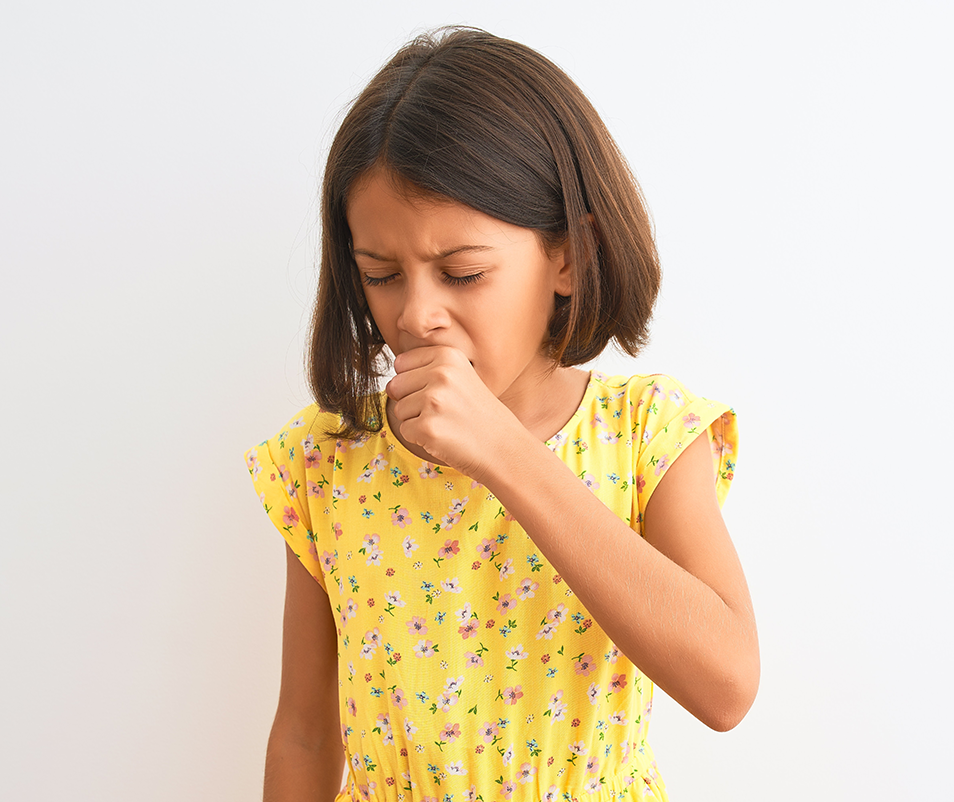
Bronchiolitis: Tis the Season for Lots of Wheezing
What is Bronchiolitis?
Bronchiolitis is an infection of the small airways of the lungs. It is caused by a virus, most commonly Respiratory Syncytial Virus, or RSV. In adults and children over 2 years of age, RSV causes cold symptoms (runny nose, cough, and/or fever). In children under the age of 2, RSV typically begins as a cold, but can then cause increased mucus and inflammation in the lungs. This can cause rapid, noisy, or labored breathing as well as wheezing.
Bronchiolitis typically occurs in late fall through early spring. The Covid pandemic has turned this usually predictable seasonality on its head, and we are now seeing earlier RSV ‘seasons’. It is one of the most common illnesses of childhood and almost all children are infected at least once by 2 years of age. Children who are very young, were born prematurely, or have chronic heart or lung problems tend to be most severely affected. The symptoms of bronchiolitis can last for up to four weeks.
Treatment
There is no medication that cures bronchiolitis. Treatment is symptomatic, aimed at keeping your child well-hydrated and comfortable.
What can you do at home?
- Give liquids frequently and in small amounts. Don’t worry if your child refuses solid foods; fluids are most important in preventing dehydration.
- Use saline nose drops and a bulb syringe/nasal suction to help clear your child’s nose.
- Use a cool mist humidifier or vaporizer in the room where your child sleeps.
- Give Acetaminophen (Tylenol) or Ibuprofen (Motrin or Advil for infants > 6 months of age) for fever relief.
- Don’t let anyone smoke in the house or around your child. This will make it even more difficult for your child to breathe.
When to Call the Doctor
Call us if:
• Your child is having difficulty breathing. Signs of difficult breathing include rapid breathing (>60 breaths/minute in a baby; >40-50 breaths/minutes in an older child), retractions (the muscles in your child’s neck or between/beneath your child’s ribs pull in when your child breathes), and noisy breathing that is not relieved by suctioning out your child’s nose
• Your child is vomiting, unable to keep down liquids given slowly, and showing signs of dehydration (dry tongue and lips, no tears when crying, fewer than 3 wet diapers/day).
• Your child’s skin color is not as pink as usual, pale, or blue-looking.
While most children do very well with bronchiolitis, some may need to be hospitalized for observation and further care.
Prevention
The viruses that cause bronchiolitis are very contagious and can spread to others for up to 28 days. Bronchiolitis is spread like a cold, by contact with saliva or mucus. Frequent handwashing and avoiding those who are sick can decrease your child’s chances of catching this infection.
